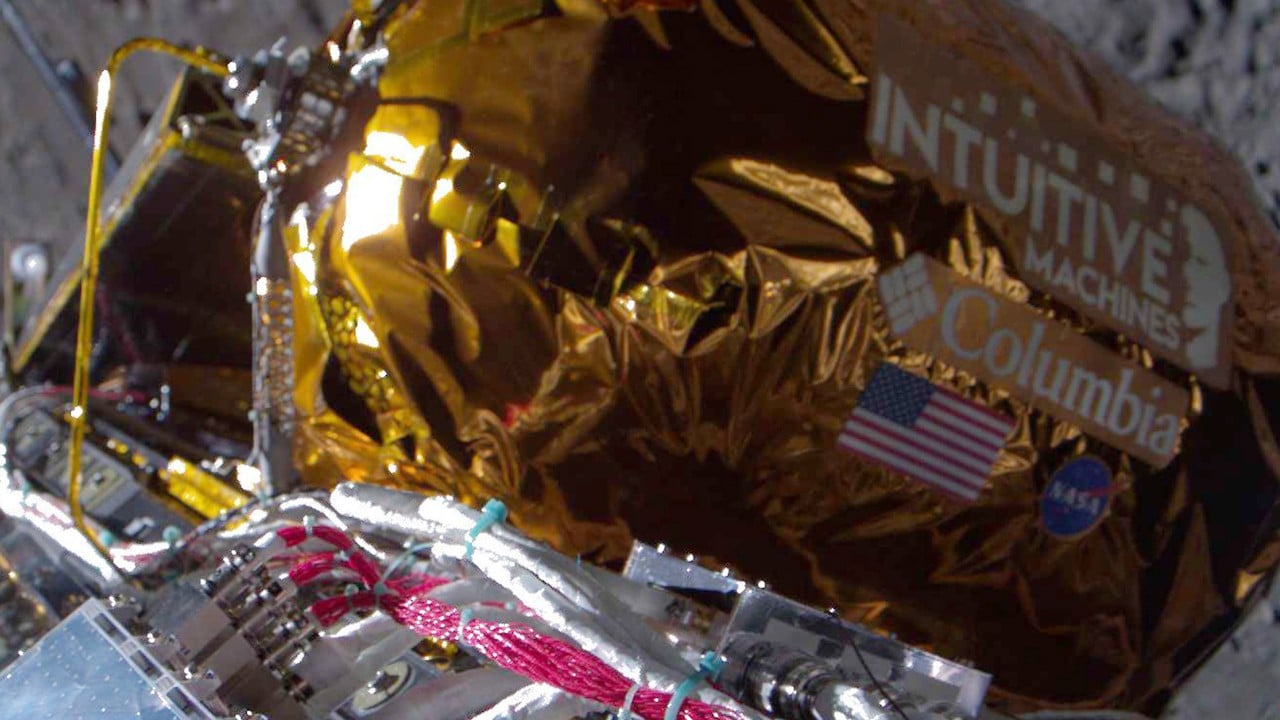Moon miss: 2 Chinese test satellites fail to reach orbit after rocket’s upper stage falters
- Duo was planned to enter distant retrograde orbit and work with third satellite to test laser-based navigation technologies between the Earth and moon
- ‘The satellites have not been inserted into their designated orbit, and work is under way to address this problem,’ Chinese state media says

DRO-A and B lifted off atop a Long March 2C from the Xichang Satellite Launch Centre at 8.51pm on Wednesday. The rocket’s first and second stages worked normally, but its Yuanzheng-1S upper stage did not, state news agency Xinhua reported on Thursday.
“The satellites have not been inserted into their designated orbit, and work is under way to address this problem,” Xinhua said in a brief statement.

The plan was for the duo to head towards the moon and enter a so-called distant retrograde orbit, or DRO. From there they would fly in formation and work with DRO-L – a third satellite that was successfully placed into low-Earth orbit by a Jielong 3 rocket last month – to test laser-based navigation technologies between the Earth and the moon, known as cislunar space.
The DRO orbit is at a high altitude tens of thousands of kilometres above the lunar surface. It is highly stable, allowing spacecraft to remain on track for a long time without using fuel, and is an advantageous waypoint for research and exploration, according to Chinese scientists.
US military and amateurs who monitor objects in space do not know the present orbit of DRO-A and B, according to Jonathan McDowell, a Harvard astronomer who tracks rocket launches and space activities.
“It often takes the US Space Force a long time to find objects that are in unexpected orbits, particularly high orbits,” he said on Thursday.

